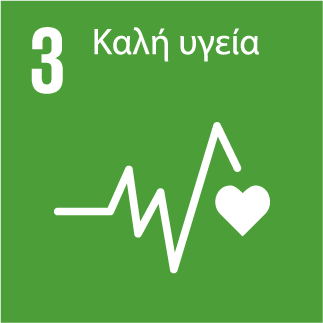E-waste recycling
Description
The amount of e-waste generated around the world in recent years has exploded, driven by changes in technology, planned obsolescence, changes in media and storage types (tapes, CDs, HDs, SSDs etc.), and easier accessibility through decreasing costs. As the availability and use of electronics increases across the globe, e-waste has become the fastest-growing waste stream in the world. E-waste refers to any electronic devices that have reached the end of life. The e-waste recycling process: Step One — Collection
The first stage in the recycling process for e-waste is the collection of electronic products through recycling bins, collection locations, take-back programs, or on-demand collection services. Step Two — Storage
While safe storage may not appear critical, it can prove very important. For example, the glass screens of Cathode Ray Tubes (CRT) TVs and monitors are highly contaminated by lead. In the past, they were recycled into new computer monitors, but the growth of new technology and subsequent decline in demand for CRT products means much of this glass is now simply being stored indefinitely. Step Three — Manual Sorting, Dismantling, Shredding
E-waste then goes through the initial stage of manual sorting, where various items (such as batteries and bulbs) are removed for their own processing. This is the stage at which some items may also be manually dismantled for components, reuse, or the recovery of valuable materials.
E-waste is then shredded into small pieces allowing for accurate sorting of materials, a key part of the process. Most electronics are a mix of materials, and breaking items down into pieces that measure just a few centimeters means they can be separated mechanically. Step Four — Mechanical Separation
The mechanical separation of the different materials actually consists of several processes one after the other. The two key steps are magnetic separation and water separation. Step Five: Recovery
The materials, now separated, are prepared for sale and reuse. For some materials, such as plastic or steel, this means joining another recycling stream. Others may be processed onsite and sold directly alongside usable components separated in the early stages.
The first stage in the recycling process for e-waste is the collection of electronic products through recycling bins, collection locations, take-back programs, or on-demand collection services. Step Two — Storage
While safe storage may not appear critical, it can prove very important. For example, the glass screens of Cathode Ray Tubes (CRT) TVs and monitors are highly contaminated by lead. In the past, they were recycled into new computer monitors, but the growth of new technology and subsequent decline in demand for CRT products means much of this glass is now simply being stored indefinitely. Step Three — Manual Sorting, Dismantling, Shredding
E-waste then goes through the initial stage of manual sorting, where various items (such as batteries and bulbs) are removed for their own processing. This is the stage at which some items may also be manually dismantled for components, reuse, or the recovery of valuable materials.
E-waste is then shredded into small pieces allowing for accurate sorting of materials, a key part of the process. Most electronics are a mix of materials, and breaking items down into pieces that measure just a few centimeters means they can be separated mechanically. Step Four — Mechanical Separation
The mechanical separation of the different materials actually consists of several processes one after the other. The two key steps are magnetic separation and water separation. Step Five: Recovery
The materials, now separated, are prepared for sale and reuse. For some materials, such as plastic or steel, this means joining another recycling stream. Others may be processed onsite and sold directly alongside usable components separated in the early stages.
Sustainable Development Goals

3. Good Health And Well-Being
Reducing harmful waste full of toxic materials
Save to favorites
Notice: Undefined variable: post_id in /var/www/vhosts/hei-prometheus.eu/httpdocs/entrepreneurship-acceleration-platform/wp-content/themes/understrap-child-1/loop-templates/content-businessidea.php on line 293
Notice: Undefined variable: post_id in /var/www/vhosts/hei-prometheus.eu/httpdocs/entrepreneurship-acceleration-platform/wp-content/themes/understrap-child-1/loop-templates/content-businessidea.php on line 293
Members
1
Technologies
Other
Product Type - System
B2B Services
Sector
Environment & Energy
Belongs to a competition
No
Thematic Area
No
Categories
No